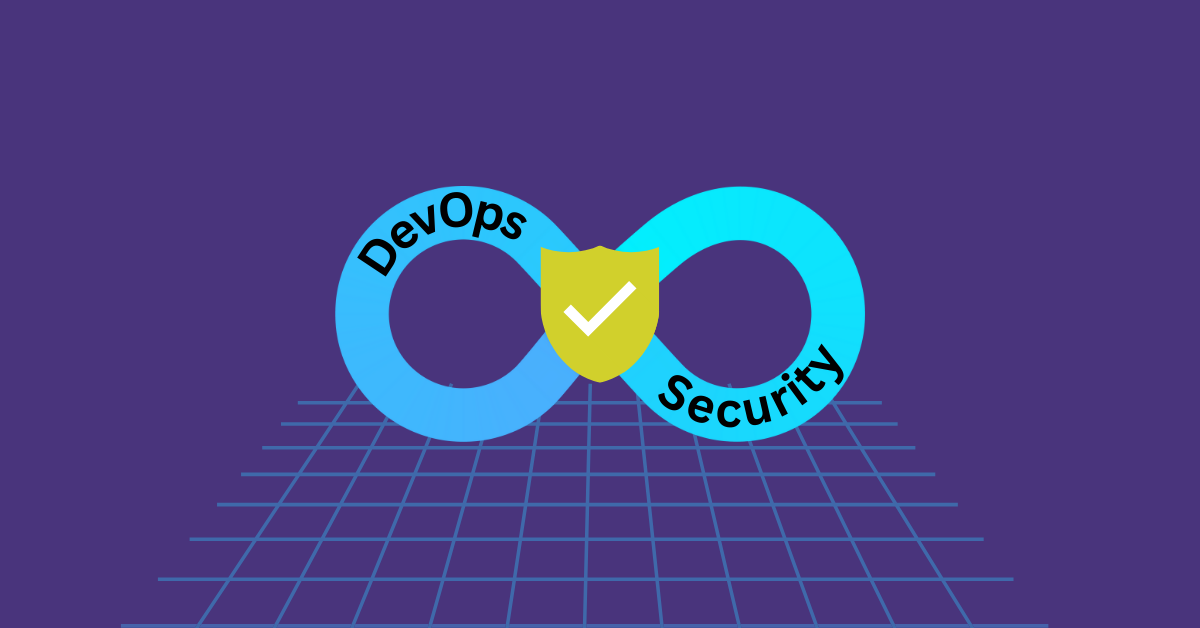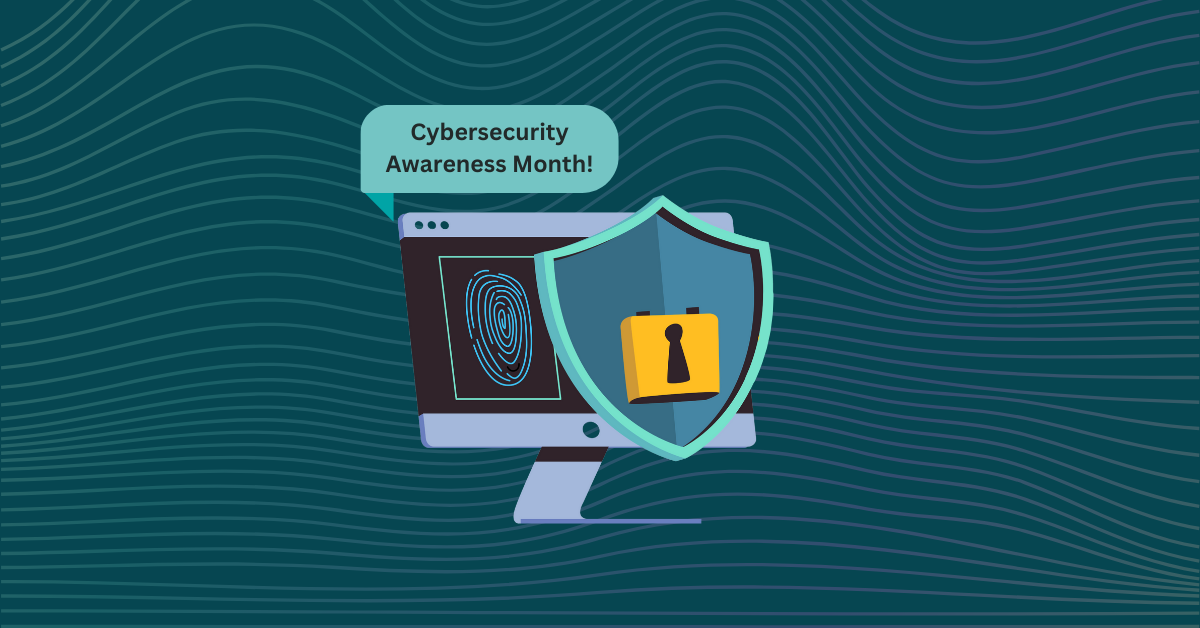

Delivering a secure mobile app to users requires developers to prioritize security throughout the software’s development pipeline. An organization’s System Development Life Cycle (SDLC) should include easy-to-follow security instructions that consider the intersection of performance and safety.
When working on larger applications, having well-defined standards throughout the SDLC is essential, making integrating security easier. While security needs might vary based on the type and use case of every application, there are some best practices developers should consider for mobile app security.
Without a standard approach to security, vulnerabilities in the source code are much more prominent, increasing the risk of viruses and malware. Furthermore, developers would have no reliable way of identifying the issue early on if security checks weren’t a part of the SDLC. This results in much time and resources spent trying to patch up otherwise preventable security vulnerabilities much later in the development cycle.
Persistent inefficiencies and vulnerabilities in the software post-release are sure ways to lose user satisfaction and trust. That’s why security teams across the organization must adopt a standard approach to security and make it a priority during development. Security tools like Kiuwan ensure the security team easily integrates security into SDLC.
Taking encryption for communication protocols into consideration throughout the SDLC is crucial, as it serves as the first line of defense. When it comes to encryption algorithms, developers need to balance both security and speed by evaluating risk and accessibility.
Proper encryption is needed not only for data at rest but also for in-transit and in-use data. However, encryption isn’t a one-time requirement, as it’s important to regularly update encryption algorithms based on developments in cyber attacks, industry standards, and data sensitivity.
A healthy budget allows developers to have all the tools and information they require to guarantee the security of a mobile app. By having flexibility built into the SDLC, it can be adjusted to suit the needs of different projects at a minimal cost.
Resource availability should also encompass disaster response when it comes to security breaches and DDoS attacks, as this is an intersection between security and performance. For the traditional software development lifecycle, all developers would need to consider are the requirements to develop the application or product, the design, the development process, testing, and deployment. For a secure SDLC, however, they’d also need to look into the following:
Penetration testing for mobile applications follows a slightly different methodology than desktop software, as the avenues of attack are different. Ethical hacking tests the application’s security measures in real-world scenarios, emulating scenarios that typically include the internal staff’s awareness of social engineering and phishing schemes.
A penetration test, or pen test, is a sure way to identify a lack of redundancy in security and where it might be needed. For example, including Two-Factor Authentication checks and flagging login attempts on new devices. It can also help developers evaluate the internal response to incidents, whether on an application-wide or a user-based scale.
Security threats are constantly evolving, making up-to-date knowledge and education key to the secure development of an application. Developers should be able to think like hackers to eliminate exploits and vulnerabilities. Their expertise can also be incorporated into a security-focused SDLC that evolves alongside the application.
Everyone who comes in contact with the application’s code should fully understand the role security plays in its functionality and reliability. Successful software security implementation can only be guaranteed when enough awareness is raised about cyber attacks and how to avoid them.
When developers are encouraged to think like hackers, they can determine which software parts need the most attention. By relying on pre-existing security solutions, developers can best allocate their time and expertise towards more hands-on issues such as performance and bug-free code.
Every software has one flaw or another, but not all vulnerabilities are reason enough to halt the development process. This doesn’t mean that some vulnerabilities are small enough to be trivial. Having a policy that determines when a vulnerability is critical sufficient to halt operations during the SDLC would allow developers to maintain a steady rate of progress while minimizing vulnerabilities in the end product.
An Application Programming Interface (API) connects the app and outside sources, allowing it to receive and send data. However, this also makes it one of the most important endpoints to secure. The inclusion of API keys and authentication tokens for controlling access limits the type and number of users able to access the app’s internal data and operations.
One of the most critical vulnerabilities to API security is error handling. Often, error messages returned by an API disclose sensitive information that can be exploited. It’s important to strike a balance between informative messages for debugging and contacting support, but not too explicit that they reveal the application’s inner workings or data structures.
Whether it’s a mobile application intended strictly for the company’s internal use or one open to public users, working within the limits of local and federal regulations is essential. Depending on the industry in which the app operates and the type of data it collects and processes, it’s subject to specific security and privacy requirements.
Developers need to be made aware of their target industry so that they can design with the specific requirements in mind. Industry standards such as the Open Worldwide Application Security Project (OWASP), the Health Insurance Portability and Accountability Act (HIPAA), and the General Data Protection Regulation (GDPR) are often mandatory and need to be considered throughout the development process and not just at a particular stage.
Security is one of the pillars of quality for all software applications and products. Incorporating security testing into the software’s development lifecycle ensures that the final product is free of errors and vulnerabilities by launch. Kiuwan is a source code security solution for both mobile and web applications. Request a 14-day free trial and find out how we can help with software security from the ground up.


